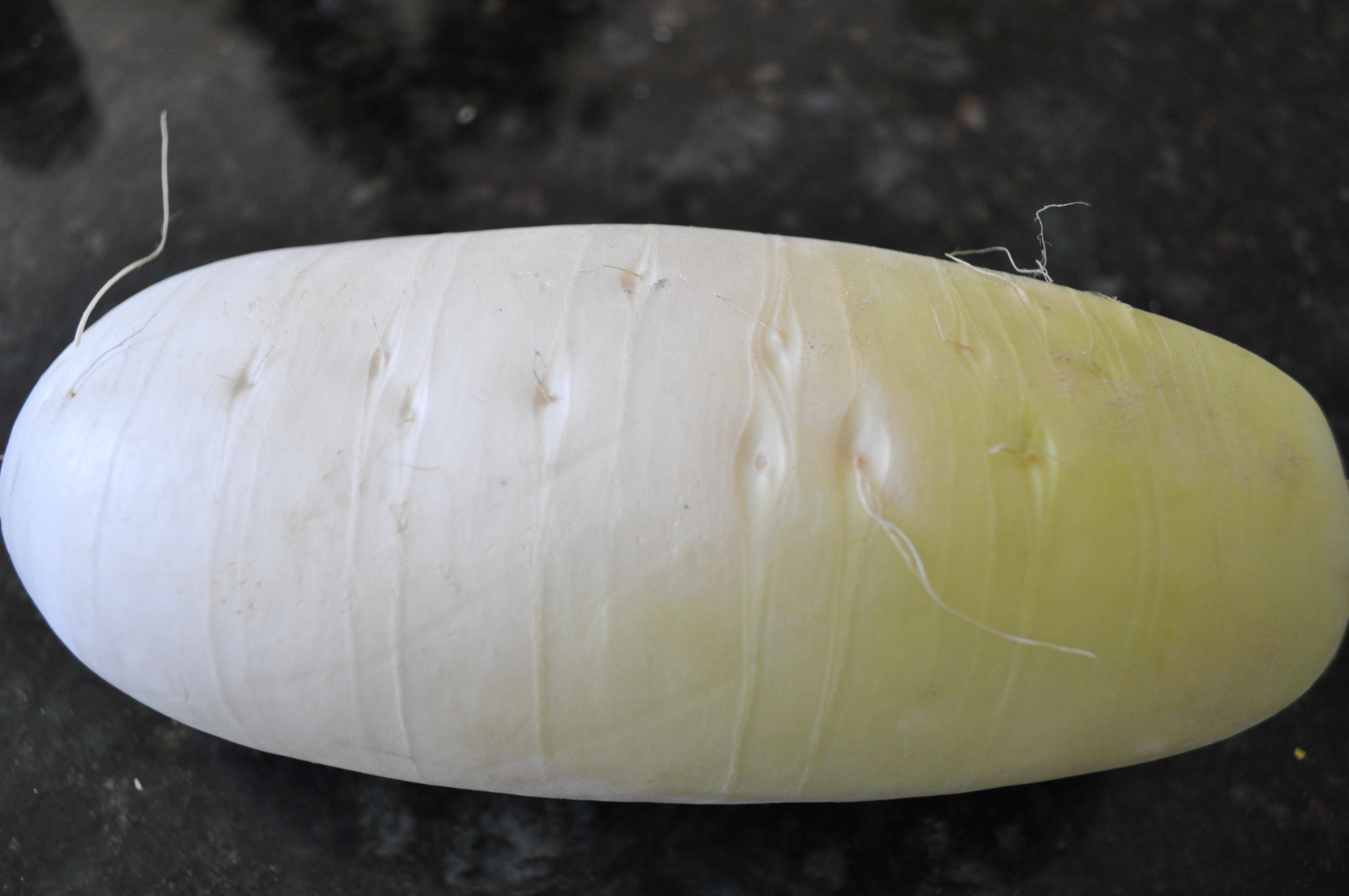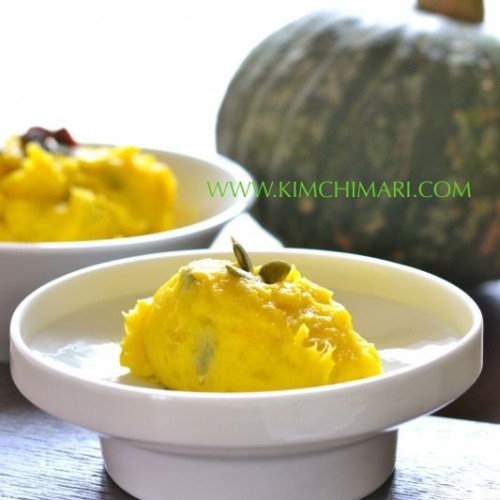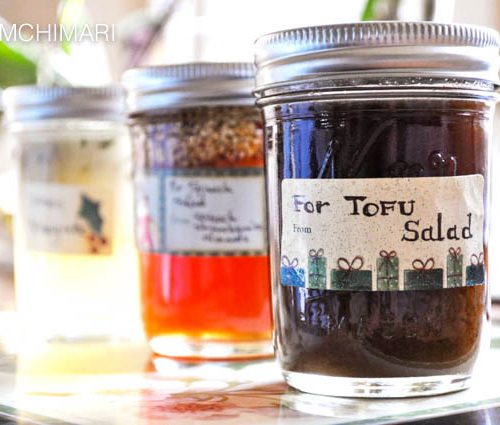
The weather finally warmed up this past weekend and we had a wonderful Beef Kalbi (ribs) BBQ party in our backyard with our church friends. We try not to have Kalbi too often since it’s really not the healthiest food but it’s just too delicious to not eat it..So when we eat Kalbi, we make sure we add vegetable side dishes to balance off the cholesterol and reduce any carcinogenic effects of eating grilled meats.
Ssam and Ssamjang is of course certainly a ‘must have’ side dish for Kalbi. The lettuces, crown daisies, perilla leaves all help with digestion and have great anti-oxidant properties. Not to mention the high content of various vitamins and minerals. Since my friend was going to take care of the Ssam and Ssamjang, I made some Dwenjang Jjigae(된장찌게) and Moosaengche(무생채) to go with the Kalbi. Mooseangche is a salad made from the Korean radish (moo). Radishes are great because it has various digestive enzymes ( diastase, amylase, and esterase) that help us digest carbs, fats and proteins. Growing up, I remember seeing many Korean adults drink the juice of a radish kimchi whenever they had indigestion and now I know why. So, next time you are served grated radish with your Japanese tempura or radish salad with your Korean BBQ, be sure to eat it. In addition to the digestive enzymes, researchers at Tokyo’s College of Pharmacy have discovered that “daikon juice actually inhibits the formation of dangerous chemicals in the body. Nitrosamines, a type of carcinogen, can form in the stomach from chemicals present in both natural and processed foods. Daikon juice contains substances identified as phenolic compounds that can block this potentially dangerous reaction.”(Mitoku)
Moosaengche is usually made two different ways: one tastes more spicy and salty – this is pretty much the mixture that is used to season cabbage Kimchi. The other variation introduced here is made without any garlic or jeotgal (fermented shrimp or anchovies) which creates a very clean and crisp flavor.
Ingredients
- 6 C julienned Korean radish (무 moo)
- 4 tsp sea salt
- 5 T sugar
- 5 T rice vinegar
- 1 T Korean red pepper powder(고추가루 gochugaroo)
Directions
1. Wash and peel the radish. Buying good Korean radish is important because it really dictates the taste of this dish other than the seasoning. Here’s how to tell if a radish is fresh and of good quality: fresh radish has a smooth skin and should feel totally firm when pressed. Poor quality radishes can also have little air pockets inside which means air went into the radish as it was growing in the field. These radishes are drier, less sweet and is low on nutrients. To pick radishes without these air pockets, pick up a few similar sized radishes and compare the weight of them. Radishes that have air pockets inside are lighter in weight than the ones that are solid. If a Korean radish is not available, you can also use the Japanese Daikon radish but it’s just not the same..

2. Peel and julienne the radish. One large radish should make about 6 Cups.

3. Put the cut radish into a large bowl and sprinkle with sea salt. Toss the radish pieces to distribute the salt evenly. This will quickly pickle the radish to draw out the moisture and make it crunchy. Leave the mix a couple minutes or so and it should lose it’s crispness and look like below.

4. Add the vinegar, sugar and red pepper powder. You can add more or less to taste.

Korean Radish Salad (Moosaengche)
Ingredients
- 6 Cup julienned Korean radish (무 moo)
- 4 tsp Sea Salt (Trader Joe's)
- 5 Tbsp sugar
- 5 Tbsp rice vinegar
- 1 Tbsp Korean red pepper powder (고추가루 gochugaroo)
Instructions
- Wash and peel the radish.
- Peel and julienne the radish. One large radish should make about 6 Cups.
- Put the cut radish into a large bowl and sprinkle with sea salt. Toss the radish pieces to distribute the salt evenly.
- Add the vinegar, sugar and red pepper powder. You can add more or less to taste.
Tips & Notes:
- Sodium level is high because it calculates ALL salt content although you will normally be eating the radishes and not the liquid. Lot of salt and other seasonings will be in the liquid and not the radish itself.
- Buying good Korean radish is important because it really dictates the taste of this dish other than the seasoning. Here’s how to tell if a radish is fresh and of good quality: fresh radish has a smooth skin and should feel totally firm when pressed. Poor quality radishes can also have little air pockets inside which means air went into the radish as it was growing in the field. These radishes are drier, less sweet and is low on nutrients. To pick radishes without these air pockets, pick up a few similar sized radishes and compare the weight of them. The heavier the better.
Nutrition Information:
Variations
Optionally you can add any or all of the following:
3 T chopped garlic, 1 – 2 T saewoojot, sliced green onions, more red pepper powder and roasted sesame seed. Adding these will produce a stronger, spicier flavor which is also really fabulous!! Good luck!





















Thank you for this recipe! We make it often, it really is delicious!
That’s so good to hear. Enjoy!